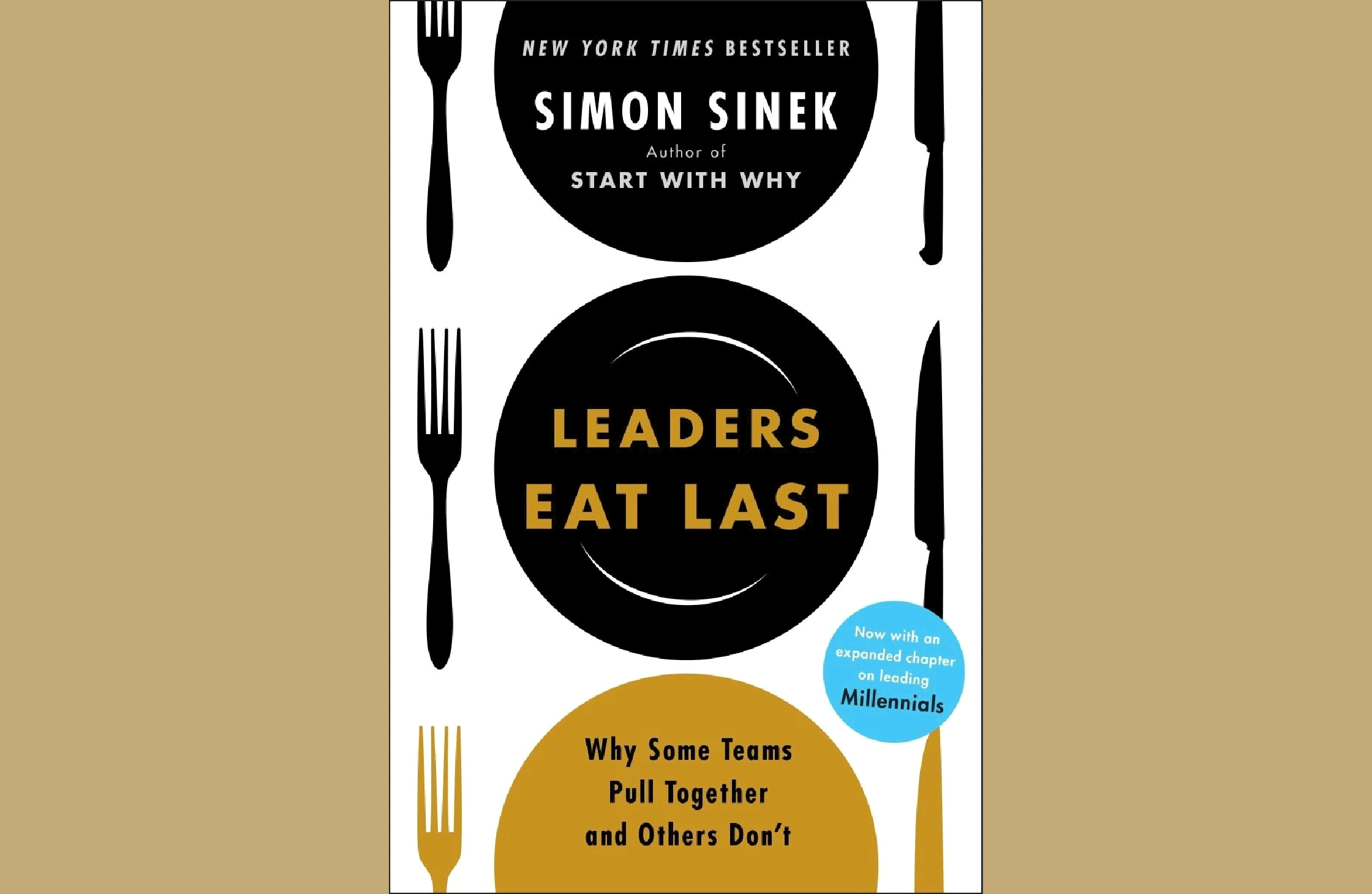Summary: Leaders Eat Last: Why Some Teams Pull Together, and Others Don't by Simon Sinek

Leadership isn't just about giving orders and making decisions; it's about fostering a culture of trust, teamwork, and motivation within your team. Simon Sinek's groundbreaking book, "Leaders Eat Last: Why Some Teams Pull Together, and Others Don't," provides practical insights that can revolutionize your approach to leadership.
Drawing on biology, psychology, and real-world examples, Sinek offers a blueprint for creating high-performing teams. In this comprehensive guide, we'll delve deep into the key concepts from the book and show you how to apply them in your leadership journey.
Leadership is not about being in charge. It is about taking care of those in your charge.
Chapter 1: The Circle of Safety
To build a high-performing team, you must create a Circle of Safety – an environment where team members feel safe and valued. Much like animals in a protective circle, employees within this circle are shielded from external threats. Transitioning your leadership style to prioritize safety is the first step toward success.
Practical Tip 1: Start by actively listening to your team members. Make them feel heard and understood. Encourage open communication without fear of reprisal.
Practical Tip 2: Lead by example. Show your team that you're willing to do what it takes to protect them and their interests.
Chapter 2: The Chemicals of Leadership
Leadership isn't just about strategy and decision-making; it's also about understanding the chemical reactions that drive human behavior. Sinek discusses the role of oxytocin, serotonin, and dopamine in creating feelings of trust, well-being, and motivation. Learning to harness these chemicals can profoundly impact your leadership style.
Practical Tip 3: Foster trust by showing appreciation and gratitude to your team members. A simple "thank you" can trigger the release of oxytocin, building stronger bonds.
Practical Tip 4: Recognize and celebrate achievements within your team. This boosts serotonin levels, creating a positive atmosphere that encourages further success.
Chapter 3: The Role of Empathy
Empathy is a powerful tool in a leader's toolkit. You can build stronger connections and a more resilient team by genuinely caring about your team members personally and professionally.
Practical Tip 5: Take the time to understand your team members' individual goals and challenges. Show empathy by offering support and solutions that align with their needs.
Practical Tip 6: Be open about your own experiences and vulnerabilities. Sharing your challenges and setbacks can create a culture of openness and trust.
Chapter 4: The Infinite Game
Sinek introduces the concept of the "infinite game," focusing on long-term success rather than short-term wins. Embracing this mindset means prioritizing the development of your team members, believing that a robust and resilient team will ultimately lead to sustainable success.
Practical Tip 7: Set long-term goals for your team beyond quarterly targets. Encourage a sense of purpose and a shared vision of the future.
Practical Tip 8: Invest in the growth and development of your team members. Provide opportunities for training, mentorship, and skill-building.
Chapter 5: Real-World Examples
To bring his concepts to life, Sinek shares compelling real-world examples from companies like Southwest Airlines and the U.S. Marine Corps. These stories vividly illustrate how leaders who prioritize their teams can achieve remarkable results.
Practical Tip 9: Study successful leaders and organizations that prioritize their teams. Learn from their experiences and adapt their strategies to your leadership style.
Practical Tip 10: Share these real-world success stories with your team. Use them as inspiration and a basis for discussing how your team can implement similar principles.
Chapter 6: Practical Implementation
Now that we've explored the key concepts from "Leaders Eat Last," let's discuss practical steps you can take to implement these principles in your leadership style.
Practical Tip 11: Conduct a team assessment to identify areas lacking trust and safety. Use this information to create an action plan for improvement.
Practical Tip 12: Schedule regular one-on-one meetings with each team member to build personal connections. Ask about their goals, concerns, and ideas for improvement.
Practical Tip 13: Implement a recognition and rewards program to celebrate achievements within your team. This can be as simple as a "team member of the month" award or a quarterly recognition event.
Practical Tip 14: Allow team members to cross-train and learn from each other. This not only enhances their skills but also strengthens the sense of unity within the team.
Practical Tip 15: Continuously educate yourself about leadership and psychology. Read books, attend workshops, and seek mentorship to refine your leadership skills.
Great leaders are willing to sacrifice their interests for the group's good.
"Leaders Eat Last" by Simon Sinek isn't just a book; it's a roadmap to transforming your leadership style and creating a culture of trust, teamwork, and long-term success within your team. By prioritizing the Circle of Safety, understanding the chemicals of leadership, practicing empathy, embracing the infinite game, and drawing inspiration from real-world examples, you can become the leader who inspires others to pull together and achieve greatness.
Remember that leadership is an ongoing journey. Implement these practical tips, adapt them to your unique leadership style, and watch as your team thrives, pulling together to reach new heights of success. As you embark on this journey, remember that leaders who prioritize their teams are the ones who genuinely eat last – and win big in the infinite game of leadership.
